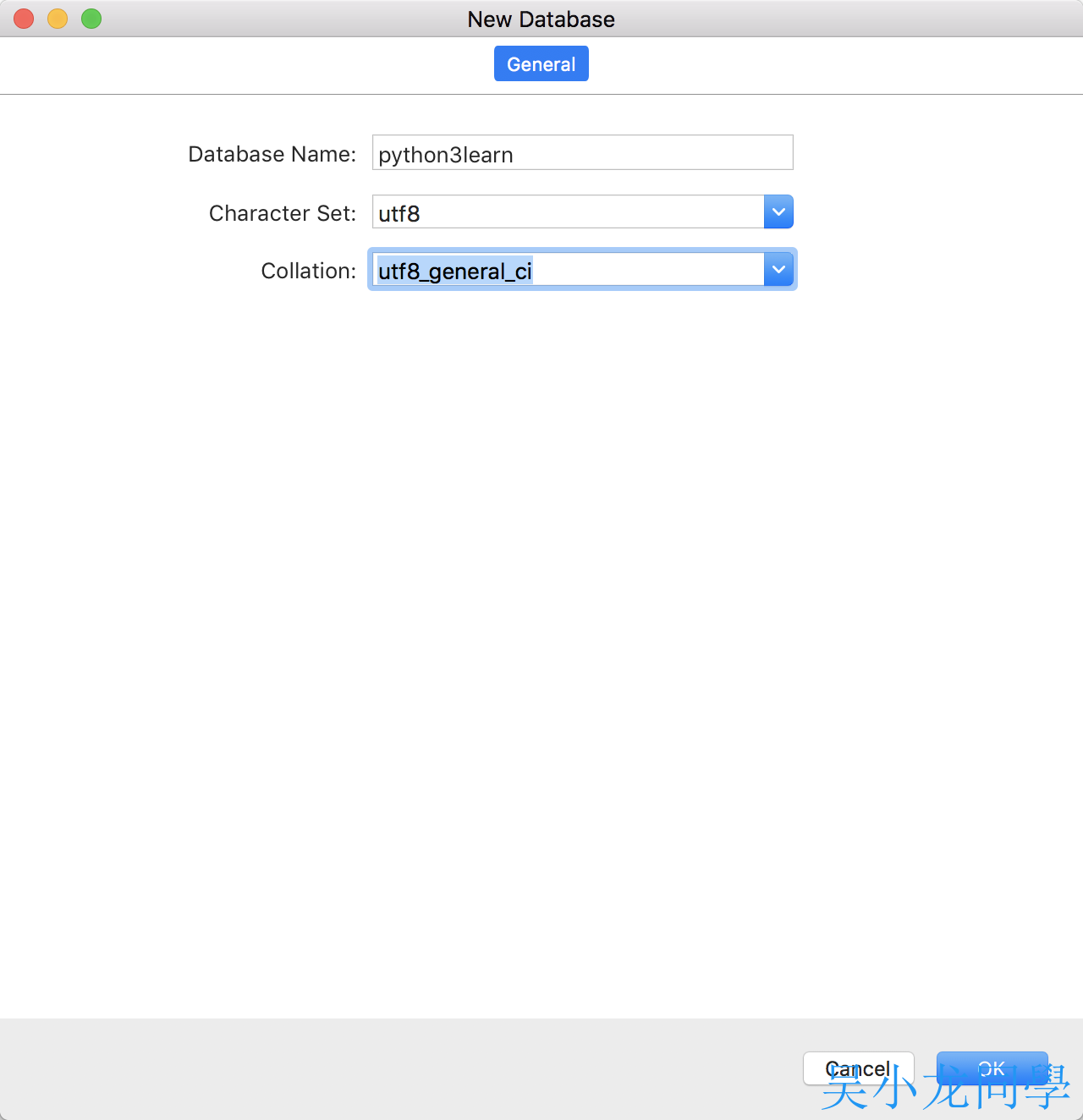Python 基础
我之前写的《Python 3 极简教程.pdf》,适合有点编程基础的快速入门,通过该系列文章学习,能够独立完成接口的编写,写写小东西没问题。
requests
requests,Python HTTP 请求库,相当于 Android 的 Retrofit,它的功能包括 Keep-Alive 和连接池、Cookie 持久化、内容自动解压、HTTP 代理、SSL 认证、连接超时、Session 等很多特性,同时兼容 Python2 和 Python3,GitHub:https://github.com/requests/requests 。
安装
Mac:
Windows:
发送请求
HTTP 请求方法有 get、post、put、delete。
请求返回 Response 对象,Response 对象是对 HTTP 协议中服务端返回给浏览器的响应数据的封装,响应的中的主要元素包括:状态码、原因短语、响应首部、响应 URL、响应 encoding、响应体等等。
定制请求头
请求添加 HTTP 头部 Headers,只要传递一个 dict 给 headers 关键字参数就可以了。
构建查询参数
想为 URL 的查询字符串(query string)传递某种数据,比如:http://127.0.0.1:1024/developer/api/v1.0/all?key1=value1&key2=value2 ,Requests 允许你使用 params 关键字参数,以一个字符串字典来提供这些参数。
还可以将 list 作为值传入:
post 请求数据
如果服务器要求发送的数据是表单数据,则可以指定关键字参数 data。
如果要求传递 json 格式字符串参数,则可以使用 json 关键字参数,参数的值都可以字典的形式传过去。
响应内容
Requests 会自动解码来自服务器的内容。大多数 unicode 字符集都能被无缝地解码。请求发出后,Requests 会基于 HTTP 头部对响应的编码作出有根据的推测。
超时
如果没有显式指定了 timeout 值,requests 是不会自动进行超时处理的。如果遇到服务器没有响应的情况时,整个应用程序一直处于阻塞状态而没法处理其他请求。
代理设置
如果频繁访问一个网站,很容易被服务器屏蔽掉,requests 完美支持代理。
BeautifulSoup
BeautifulSoup,Python Html 解析库,相当于 Java 的 jsoup。
安装
BeautifulSoup 3 目前已经停止开发,直接使用BeautifulSoup 4。
Mac:
Windows:
安装解析器
我用的是 html5lib,纯 Python 实现的。
Mac:
Windows:
简单使用
BeautifulSoup 将复杂 HTML 文档转换成一个复杂的树形结构,每个节点都是 Python 对象。
解析
|
|
tag
|
|
注意:tag 如果多个匹配,返回第一个,比如这里的 p 标签。
查找
|
|
find 默认也是返回第一个匹配的标签,没找到匹配的节点则返回 None。如果我想指定查找,比如这里的公众号,可以指定标签的如 class 属性值:
查找所有的 P 标签:
实战
前段时间,有用户反馈,我的个人 APP 挂了,虽然这个 APP 我已经不再维护,但是我也得起码保证它能正常运行。大部分人都知道这个 APP 数据是爬来的(详见:《手把手教你做个人app》),数据爬来的好处之一就是不用自己管数据,弊端是别人网站挂了或网站的 HTML 节点变了,我这边就解析不到,就没数据。这次用户反馈,我在想要不要把他们网站数据直接爬虫了,正好自学 Python,练练手,嗯说干就干,本来是想着先用 Python 爬虫,MySQL 插入本地数据库,然后 Flask 自己写接口,用 Android 的 Retrofit 调,再用 bmob sdk 插入 bmob……哎,费劲,感觉行不通,后来我得知 bmob 提供了 RESTful,解决大问题,我可以直接 Python 爬虫插入就好了,这里我演示的是插入本地数据库,如果用 bmob,是调 bmob 提供的 RESTful 插数据。
网站选定
我选的演示网站:https://meiriyiwen.com/random ,大家可以发现,每次请求的文章都不一样,正好利用这点,我只要定时去请求,解析自己需要的数据,插入数据库就 OK 了。
创建数据库
我直接用 NaviCat Premium 创建的,当然也可以用命令行。
创建表
创建表 article,用的 pymysql,表需要 id,article_title,article_author,article_content 字段,代码如下,只需要调一次就好了。
解析网站
首先需要 requests 请求网站,然后 BeautifulSoup 解析自己需要的节点。
插入数据库
这里做了一个筛选,默认这个网站的文章标题是唯一的,插入数据时,如果有了同样的标题就不插入。
定时设置
做了一个定时,过段时间就去爬一次。
完整代码
|
|
问题:这只是对一篇文章爬虫,如果是那种文章列表,点击是文章详情,这种如何爬虫解析?首先肯定要拿到列表,再循环一个个解析文章详情插入数据库?还没有想好该如何做更好,留给后面的课题吧。
最后
虽然我学 Python 纯属业余爱好,但是也要学以致用,不然这些知识很快就忘记了,期待下篇 Python 方面的文章。
参考
爬虫入门系列(四):HTML文本解析库BeautifulSoup